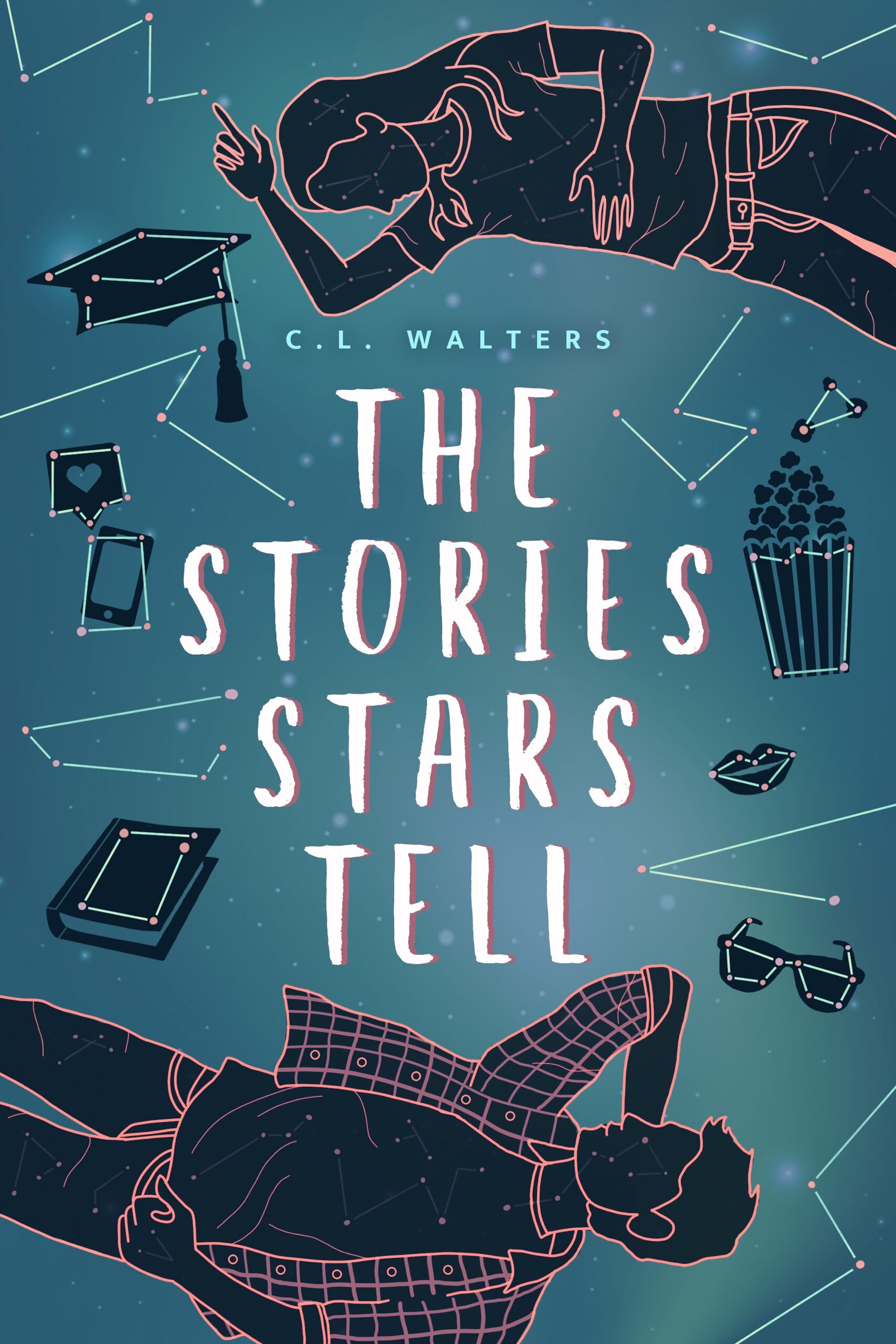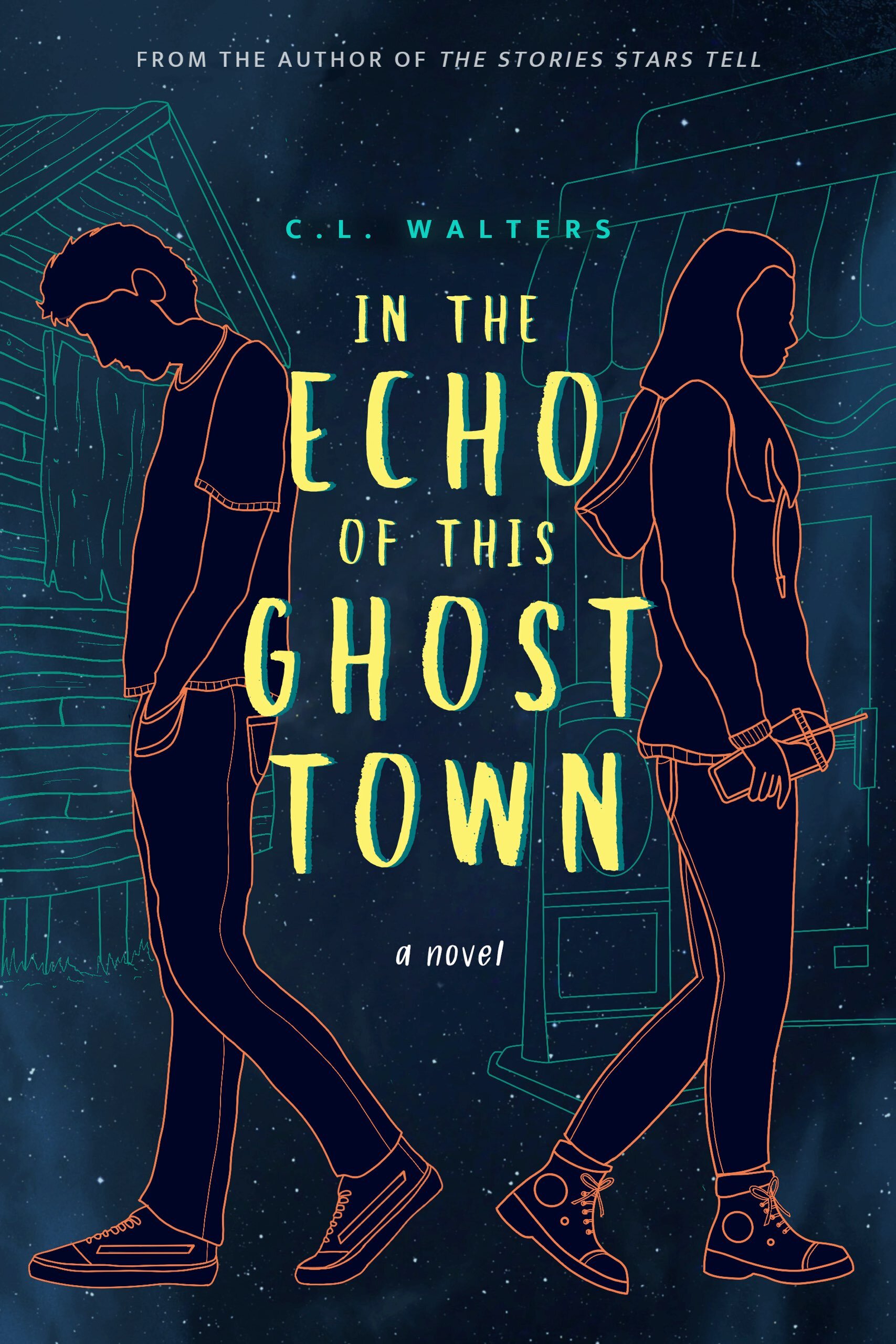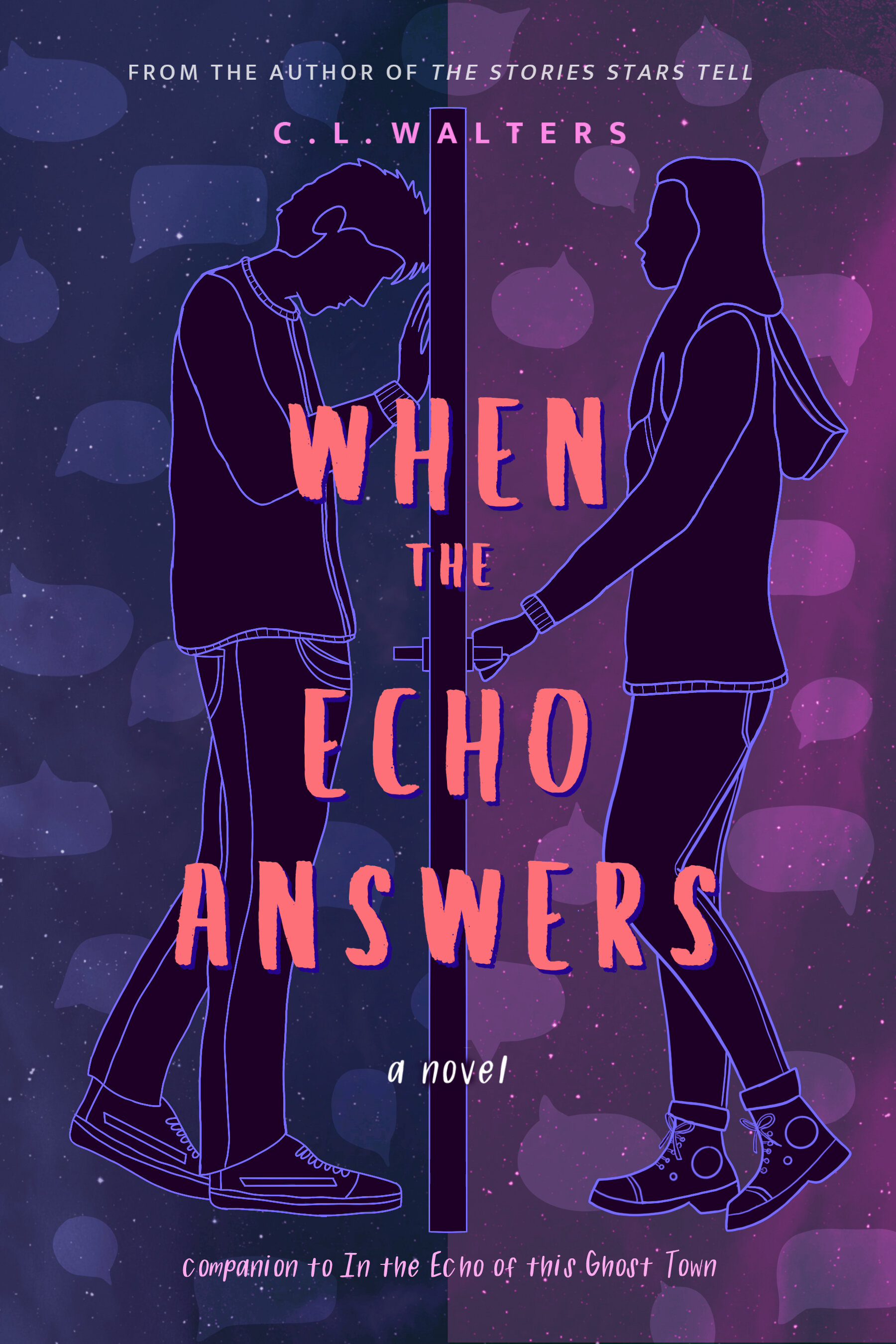I had a conversation with my friend Misty early in the drafting stage for In the Echo of this Ghost Town during one of our writing sessions. Note: she’s been a huge advocate for The Stories Stars Tell from the beginning and even featured me in a lovely conversation for her podcast Rainy Day Collective where we discussed purity culture (here’s a link if you’d like to listen to it).
During that writing session she asked what I was working on, and when I revealed I was writing a book about Griffin, she said “What the hell for?!?!” I laughed at the time because I understood her incredulity. Seriously. Griffin was horrible in The Stories Stars Tell. Toxic as toxic can be. Now, I feel warmth in my bones because she’s read In the Echo of this Ghost Town and asked me “I don’t know how you can get me to go from hating a character to loving him. How do you do that?”
I’m not sure. I remember telling her during that same writing session that I was really struggling to develop Griffin because he was so freaking unlikeable. Look, I know this isn’t selling you on his story, but please stick with me. I think you’ll fall in love with Griffin as much as I have. And ultimately, this is a post about how sometimes we have to look closer at those difficult characters.
While I don’t have a magic bullet, here are five things I did to excavate Griffin as a difficult character.
First, I had to let go of my bias. I hated him. In The Stories Stars Tell he was such a jerk and so disrespectful to… well, everyone. There’s a scene in that book that solidified my dislike of Griffin. Tanner wrote a poem about Emma in his notebook, and Griffin makes fun of him for it. Not only did it break my heart for Tanner, but it sealed my dislike and informed every other scene moving forward with Griffin.
I had to use what already existed in The Stories Stars Tell to begin to understand Griffin’s perspective. While these clues were superficial at best, they offered some perspective about Griffin’s world view. For example, Tanner mentions Griffin’s dad being in prison. He also indicates that his older brother has left. There’s a scene when Tanner arrives at Griffin’s house at noon, and Griffin is just getting out of bed. Then there are all of the moments Griffin opens his mouth and tears things apart.
I started with a pivotal moment for both Tanner and Griffin—the fight. It was already drafted from Tanner's perspective, so I changed it to Griffin’s to see what would happen. My understanding of him began to shift. It made me wonder about hitting rock bottom and what would happen to someone who’s lost everything?
Next I had to dig a little deeper. I started with asking questions about his family. Who were his mom and dad and brother? What was their family dynamic, and if the father was in prison, why was he there? How did that impact the family? Griffin? And what about his brother? What would it feel like to think he felt like he’d been abandoned by both his dad and his brother? How might that inform his behavior? His motives? His wants? And if his mom was never around because she was trying to hold the family together financially, how might that impact his teenage perspective? What did Tanner mean to Griffin, and how might the fight have impacted him? This exploration made me begin to see Griffin in a new light, one that made me empathize with—though not excuse—his choices.
Next, because I saw a theme emerging in the character development, I began doing research about male culture, toxic masculinity, and abandonment. I’ll write more about my research in a future post, but for now, I knew I needed to ground myself in being respectful about these topics.
Developing characters is already challenging, but I find it always comes down to the question: why? The more you’re willing to ask that question of your characters, the deeper they will take you into their motives, the roots of their own why. For the author, this only helps writing their stories. Difficult characters are no different, as long as we’re willing to ask those questions. If you’re familiar with The Cantos Chronicles, you know that I’m not a stranger to writing the difficult, morally gray character. Seth from The Ugly Truth was a villain in Swimming Sideways and The Bones of Who We Are. So, I guess I find difficult characters interesting and challenging.


